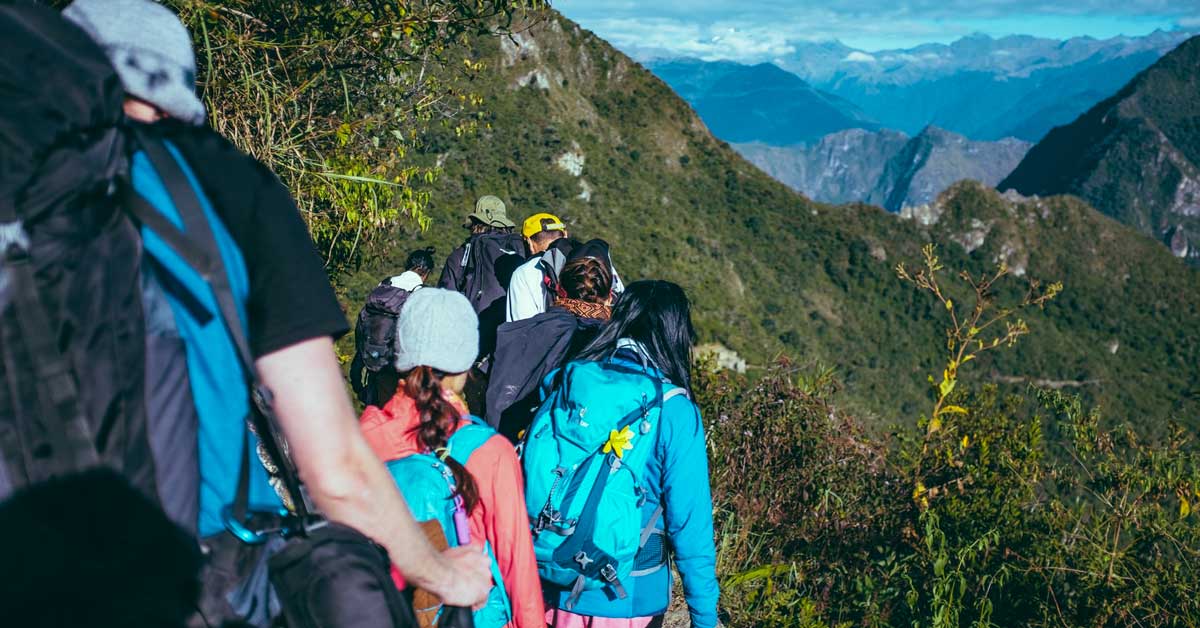
Backpacks, rucksacks, suitcases, and duffel bags… what does anything mean? Does anything make sense anymore? If you ever have felt this way while picking up a backpack, this is the guide for you. In this blog, we talk about choosing the right backpack.
Right of the gate, let’s see what’s what:
Different types of Bags
Backpack:
A backpack is as you guessed a bag that fits on your back. It has two shoulder straps and can have a hip belt and a sternum clip. Most of our school bags can also fall into this category.
Trekking backpacks are probably the most used piece of equipment after your shoes. These vary in features and sizes and are what we are going to talk about mainly in this article. Often trekking backpacks have a variety of pockets and adjustable straps. They also vary in terms of size, something we will visit later.
Rucksack:
In general, rucksack and backpacks are used pretty much interchangeably. However, the major difference I could find is that Rucksacks tend to be little stiffer than backpacks and the term is used more in military circles. However, for our purpose, we will stick to trekking backpacks.
Duffel bag:
A duffel bag is a bag made out of fabric and usually has one main pocket. They usually don’t have any shoulder straps. The lack of rigidity and open structure makes it perfect to carry bulky objects (Or to stuff the bag in any conceivable space on the overhead bins in an aircraft). Gym bags can also be categorized as a type of duffel bag.
For most treks, a trekking backpack is a way to go. With shoulder straps, hip belts and a sternum clip, these bags make carrying heavy weights over long distances easier. For our treks at Adventure Pulse, most of your personal luggage will be carried on Mules and/or horses. A good trekking backpack or duffel bag is perfect for that purpose.
How do I choose a good Trekking backpack?
There are various things you must keep in mind before purchasing a backpack and they can fall under the following categories:
1. Volume or Capacity
2. Material and weight
3. Features
4. The fit
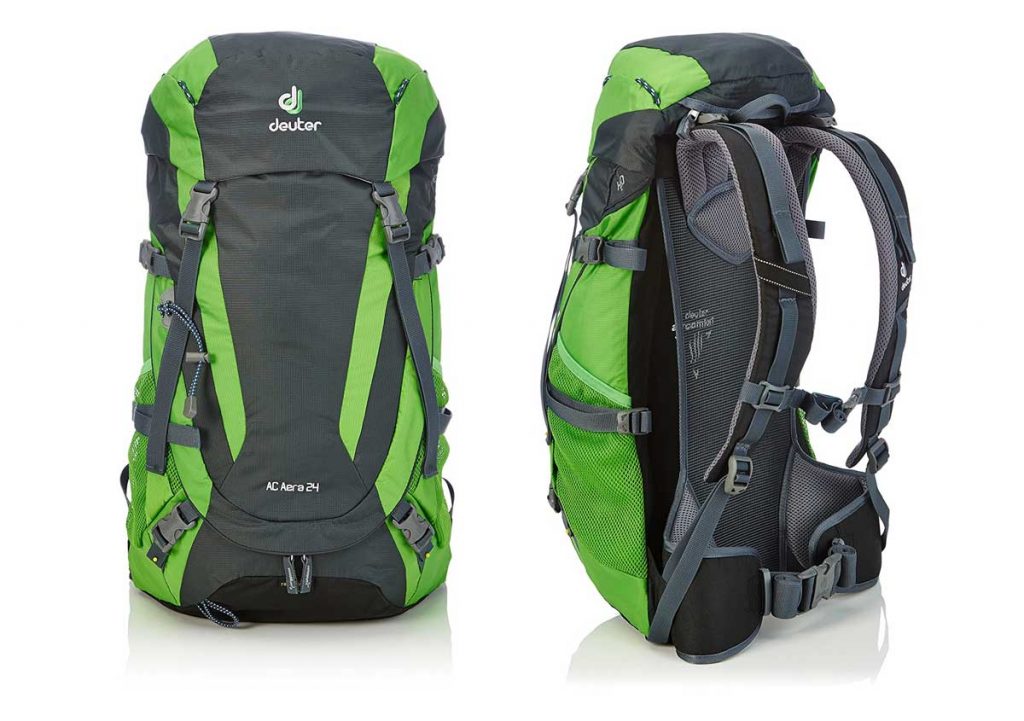
Like all good technical gear, purchase the best you can afford and take care of it. This will ensure that it lasts a long time. Personally, my backpacks last for upwards of 10 years.
1. Volume/ Capacity:
The first thing you want to look out for is the volume. Some brands may mention volume as the capacity and are measured in litres. Please don’t put water in your bag to check the accuracy of it.
Trekking Backpacks come in a wide variety of capacities, depending on your need and how long the trip is. They range from 15-25 litres to upwards of 90 litres. The former is also known as a day bag.
15-25 litres
This size of backpack or ‘day bag’ is perfect for a single day’s trip. With space for some snacks, water bottles and maybe a t-shirt or two. These type of backpacks are used for day treks such as Vichitragad fort trek, Savadurga and Andharban. Additionally, for longer multi-day treks where your main bag is being carried on horses or mules; a day bag can be used to carry a jacket or two, your camera and some water. The things that you need while on the trek can be placed in a day bag.
30-50 litres
The next size of backpacks, these backpacks are used for a weekend trip where you’ll be carrying your supplies, clothes and a tent. If you are not carrying a tent and sleeping bag, this size of the bag can be extended for a week’s trip (depending on how you pack). Often a little bulkier than a day bag, these backpacks are the most popular type of backpacks. Mostly, you will be able to carry this size of the backpack as hand luggage on an aircraft, again deepening on how you pack. A 40 litre can easily be carried as hand luggage.
60 litres & above
The largest of all backpacks, these are used for multi-day trekking, with all your gear. A trek for more than 4 days will require you to carry a backpack this size. A high-altitude trek such as Everest Base Camp and Mt. Elbrus will require this size of the backpack as you will be carrying all your gear, thick jackets and some snacks.
Ideally, for most needs, one day bag and one larger one can cover most treks and trips. So keep an eye out for good deals.
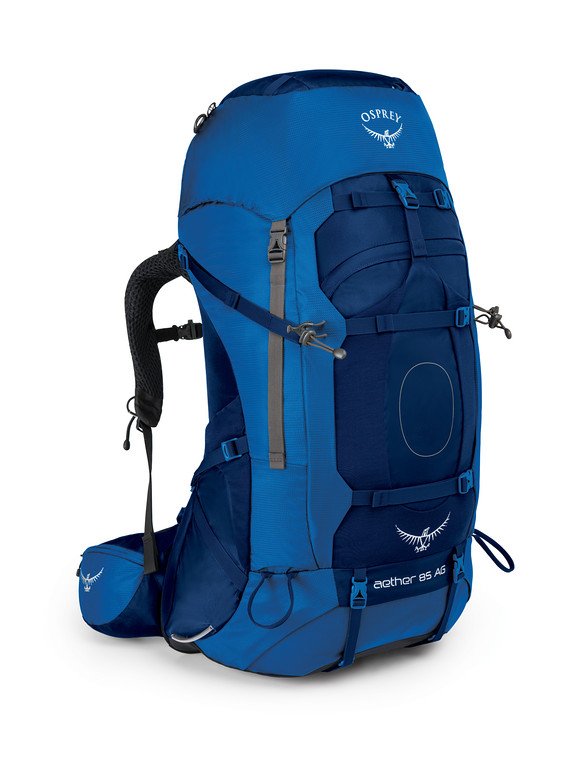
2. Material & Weight:
There are various materials used for the construction of backpacks. From synthetic to leather and even canvas. Nowadays most of the backpacks are made from nylon. This allows them to be lightweight and breathable. You want something that is water-resistant for the most part and can repel the water from a light drizzle. True waterproof backpacks are rare and are usually known as dry bags (used for river rafting and kayaking).
Most new backpacks are made of a Ripstop material and you should keep an eye out for that. Ripstop makes the fabric more durable and prevents the backpack from ripping and tearing. Ripstop fabric is pretty easy to identify as the fabric will have a geometric pattern (Usually squares) made by thicker nylon threads that are used to reinforce the backpack. The entire fabric will have this geometric pattern with squares with a side of 5 to 8 millimetres. Some backpacks also have a DWR (Durable Water Resistant) finish that stops water and snow to enter the backpack.
The weight of the backpack will be directly proportional to the weight of the materials used. Lightweight materials such as nylon and aluminum back supports would lead to a lighter backpack. Often, on high altitude treks we see clients getting tired even though their day bag has hardly anything in it; this could mean that their day bag is itself on the heavier side. A backpack with more zips, more pockets and thicker fabric would weigh more. Ideally, you want the lightest backpack possible, keeping in mind the features you need. It should be a balance between features, weight and price. A lighter backpack would lead to you carrying less weight.
3. Features:
There are a variety of features that you can find on backpacks, they vary from brand to brand and the line of backpacks.
Shoulder Straps
Your backpack is going to spend most of its time on your shoulders through the straps. They are essential and a good pair of straps can make or break a backpack. You want to look for something that has sufficient padding and a mesh system to make sure sweat can evaporate easily. A well-padded shoulder strap can make trekking for hours much easier.
Hip Belt
Most trekking backpacks have a hip belt that you can clip on to transfer the weight to your hip and away from your shoulders and back. Again sufficient cushioning with an easy clip mechanism is something to look for. A hip belt is something which you absolutely need. While trekking we see so many people without clipping the hip strap and it is easy to see the strain their back is going through. Some brands also have hip belts that mimic the movement of the hip. This helps the backpack sit better. Honestly, I have never tried this system.
Backpack Frame
The frame balances the weight of the backpack. There are two main types of frames: Internal and External. The former is the more popular choice and most backpacks will have an internal frame. They are usually made of an aluminium piece of metal that has various orientations like a straight piece in the middle (the cheaper one), two strips parallel to the shoulder straps.
Some backpacks may have back support made of solid plastic or cardboard. There are endless options for internal back supports. I prefer the 2 aluminium strips along with the shoulder straps as Deuter backpacks have.
External frames were popular a while back and are pretty rare. They are perfect for carrying unbalanced weights such as kayaks. In modern trekking and mountaineering, external frames are rare but present.
Back Ventilation
As you will be wearing your backpack for multiple hours a day, there’s a high chance a lot of sweat will build up. Modern backpacks have a ventilation system built into the backpack and usually consist of a mesh that sits on your back. A good example is Deuter’s AirComfort technology. What you are looking for is something that distances your back from the fabric of the backpack and allows air to flow through.
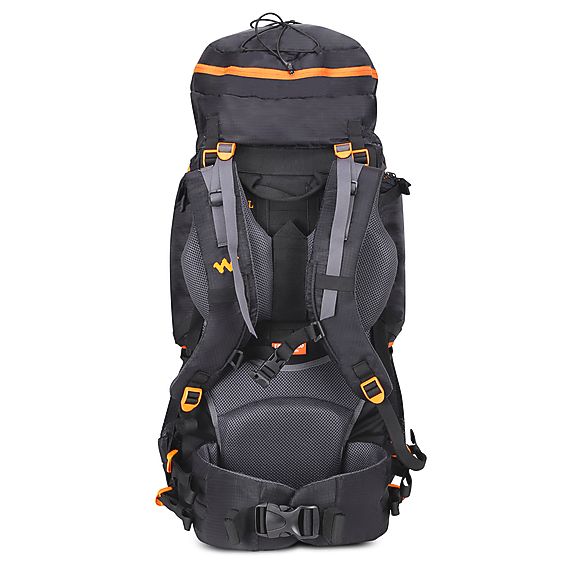
Main Storage Compartment
This is where all your stuff is going to sit. Most trekking backpacks have a large singular pocket which follows the whole length of the backpack. Bigger backpacks have a closable bottom section that you can use to keep shoes and sleeping bags. Most big backpacks (upwards of 40l) will have some sort of zip mechanism to access the middle of the bag. This may be in the form of one zip down the centre or two zips along the edges of the pocket. This allows you to access something packed in the middle of your pack without having to remove everything else.
Pocket for hydration Reservoir
For most modern trekking backpacks, as you open the main pocket, there is an elastic separator that has a clip or piece of Velcro above it. This is for your water Reservoir such as a Camelbak. There is a small opening in the fabric so that the reservoir’s pipe can come out the back. Most people trek with a Camelbak, and having a feature like this is helpful.
Lid pocket or removable section
Above the main pocket is usually a flap that has a pocket itself and sits over the main compartment. This is used to keep the items which you need regularly while trekking. Items such as your lip balm, sunscreen, wallet and other such items. Some backpacks also have a pocket on the underside of the flap that I use to keep my valuables.
Bigger backpacks (Above 60l) also have a detachable top lid pocket. This can be used to carry essentials if you are going for a short hike and do not need to carry the entire backpack. This can also be used to carry items as hand luggage while you check in your main backpack.
Side Pockets
Larger backpacks have side pockets that can be used to carry smaller items such as a bottle or snacks. Something that is a convenient place to keep some miscellaneous items.
Rain Cover
Good quality backpacks have a pocket on the underside of the bag which contains a rain cover. This is used to cover the backpack in case you are trekking in the rain. Something which you definitely need on any trek. We would highly recommend a rain cover as you never know when you may need a piece of plastic. I have used my rain cover for a variety of things such as packing wet clothes, using it to sit on and much more.
Compression Straps
This may seem unnecessary, but compression straps are something which you definitely need. By packing the backpack tight you can get the excess air out as well as prevent the backpack from swinging around while you trek. Larger backpacks usually have upwards of 6 compression straps which are required.
Trekking Poles or Ice Axe holder
Ever wondered what those piece of elastic hanging on your backpack were? Those are used to holster your trekking poles. Some backpacks also have space for placing an Ice axe and carabineers.
There are a wide variety of features apart from the above that may be specific to a particular model or brand. Do speak to the expert before buying.
4. The Fit:
Once you have decided which model and size of backpack you want to purchase. The next step is to determine the fit of the backpack.
Back Support Height
The backpack and back support size are determined by the length of your torso and not your whole height. The height of your torso is measure from the start of your neck to just above your tailbone.
Backpacks usually have a size chart and have adjustable back supports. By decreasing or increasing the height of the back support you can adjust the backpack to sit properly.
Hip Belt
Similarly, you want the hip belts to sit on your hips. As your legs muscles are the strongest in your body most of the weight of the backpack should sit on them by adjusting the hip belt such that is sits on your hips will ensure that there is less strain on your back.
Women & youth specific backpacks
Women centred backpacks are designed to fit the smaller frames of some women and have hip belts that are designed for women.
Some brands also have backpacks for children and youth to accommodate their smaller frames.
Adjusting the straps and belts of your backpack
Before you prepare for a trek, you want to make sure your backpack sits well. You can adjust it at home by following the steps below:
- Add some weight to your backpack. (Around 5-7kgs)
- Wear your backpack
- Adjust the load lifter straps (They will be towards the left and right of your neck.) You want them to be snug (Not tight) as they will prevent the upper part of the backpack from pulling your body.
- The next straps what you want to adjust it the straps located at the bottom of the shoulder strap, at the end of the padding. Again, you want them to be snug so that the backpack does not move around too much
- The hips and sternum belts can be adjusted based on your own preference
You are now ready for your trek. We at Adventure Pulse understand that choosing a backpack can be complicated. If you need help choosing a backpack, drop a comment below, we would be happy to help.

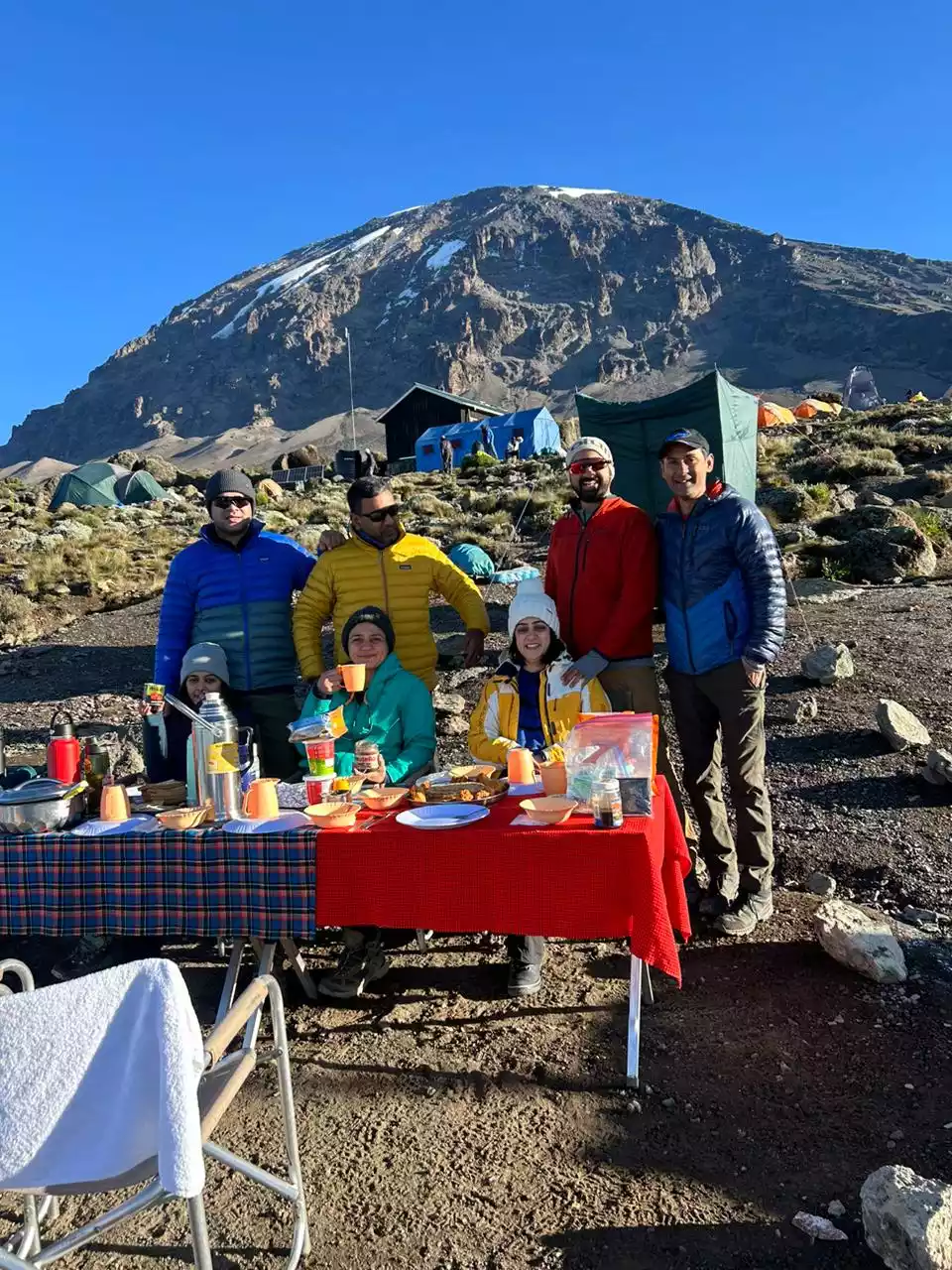
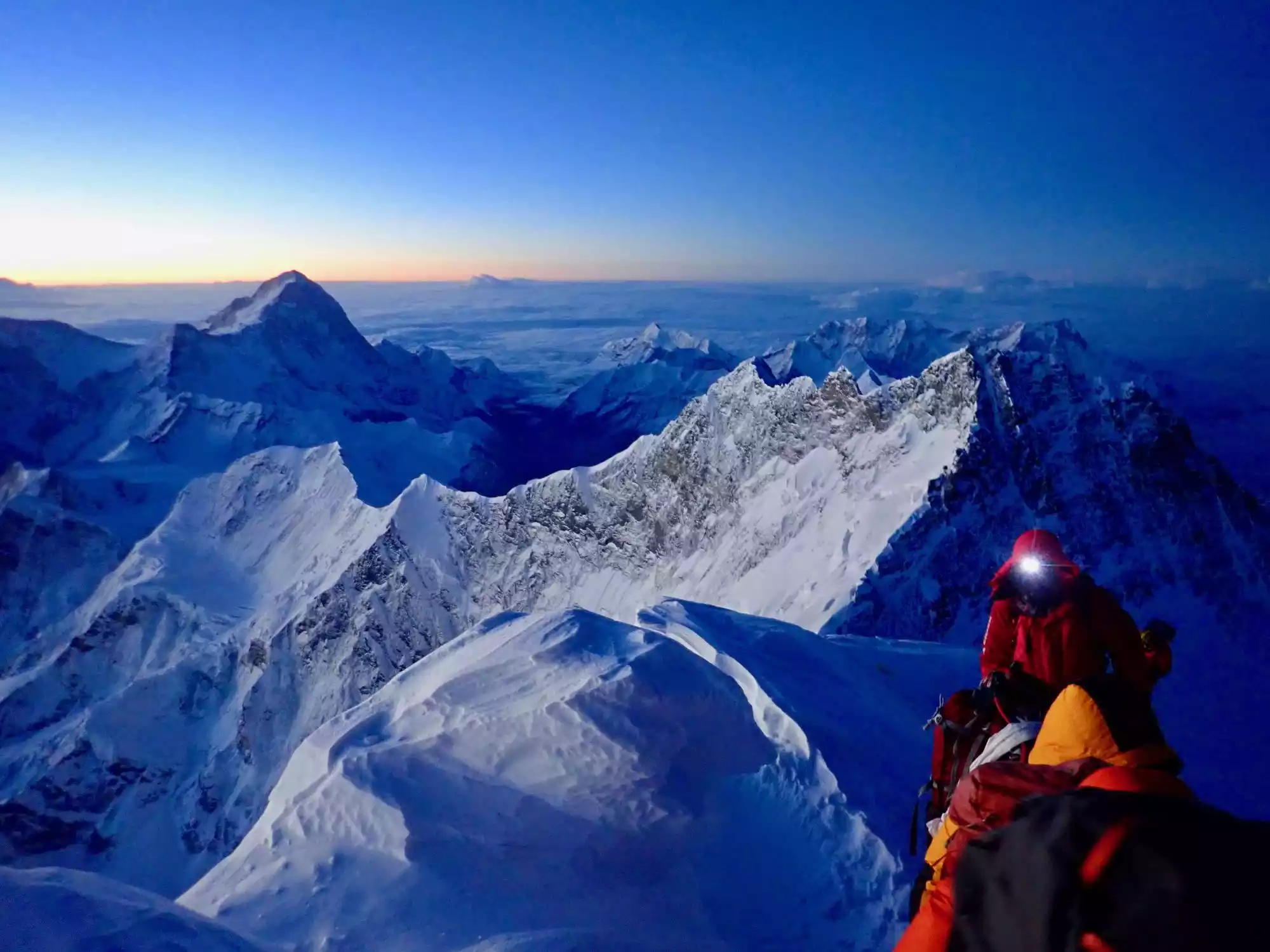
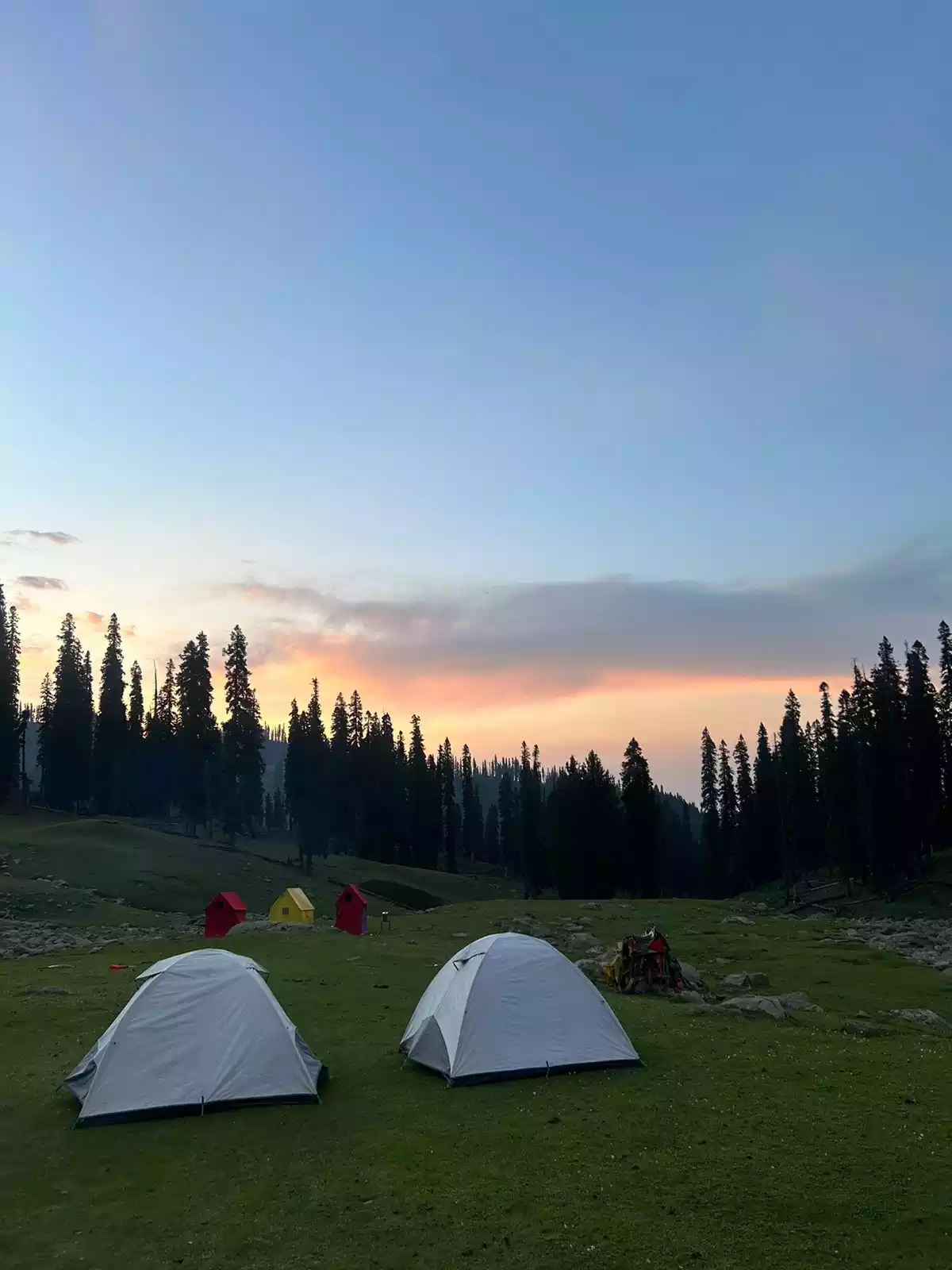
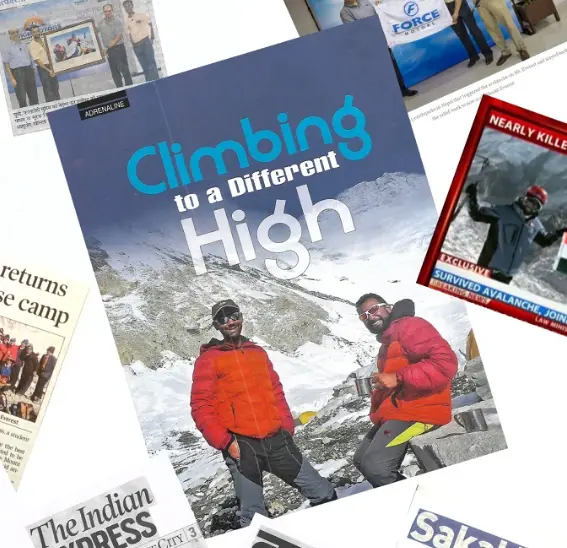
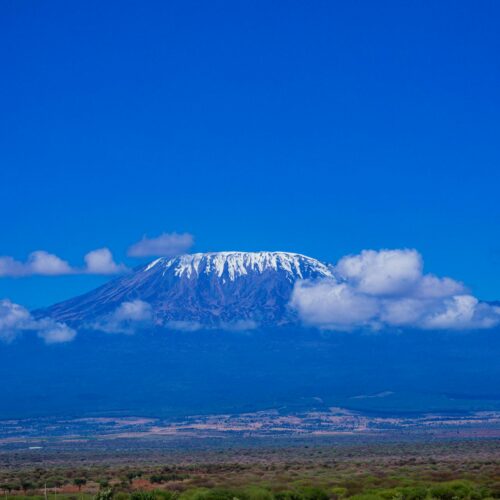


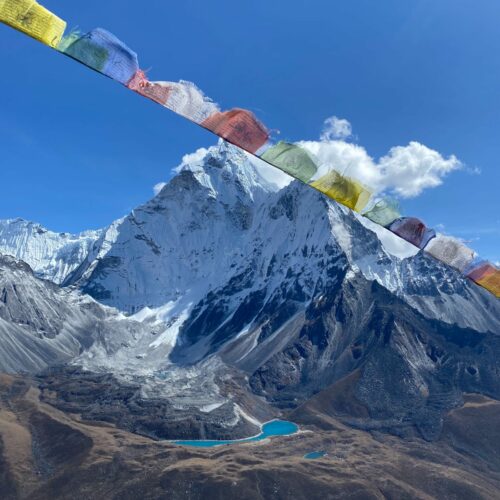




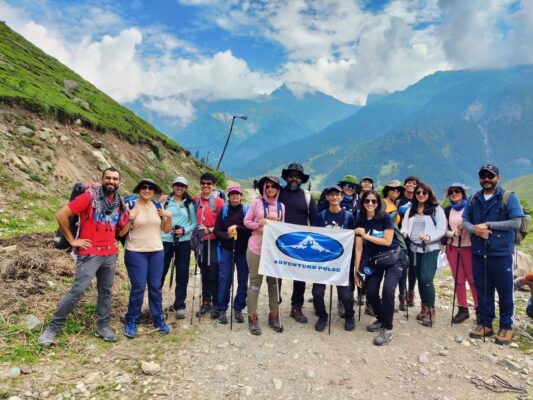
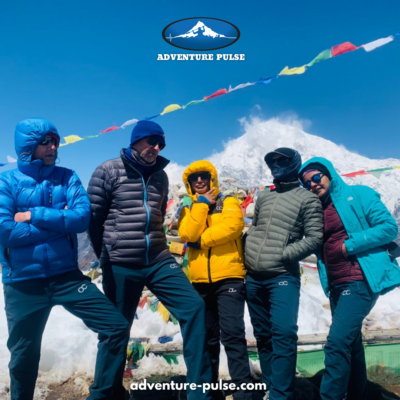
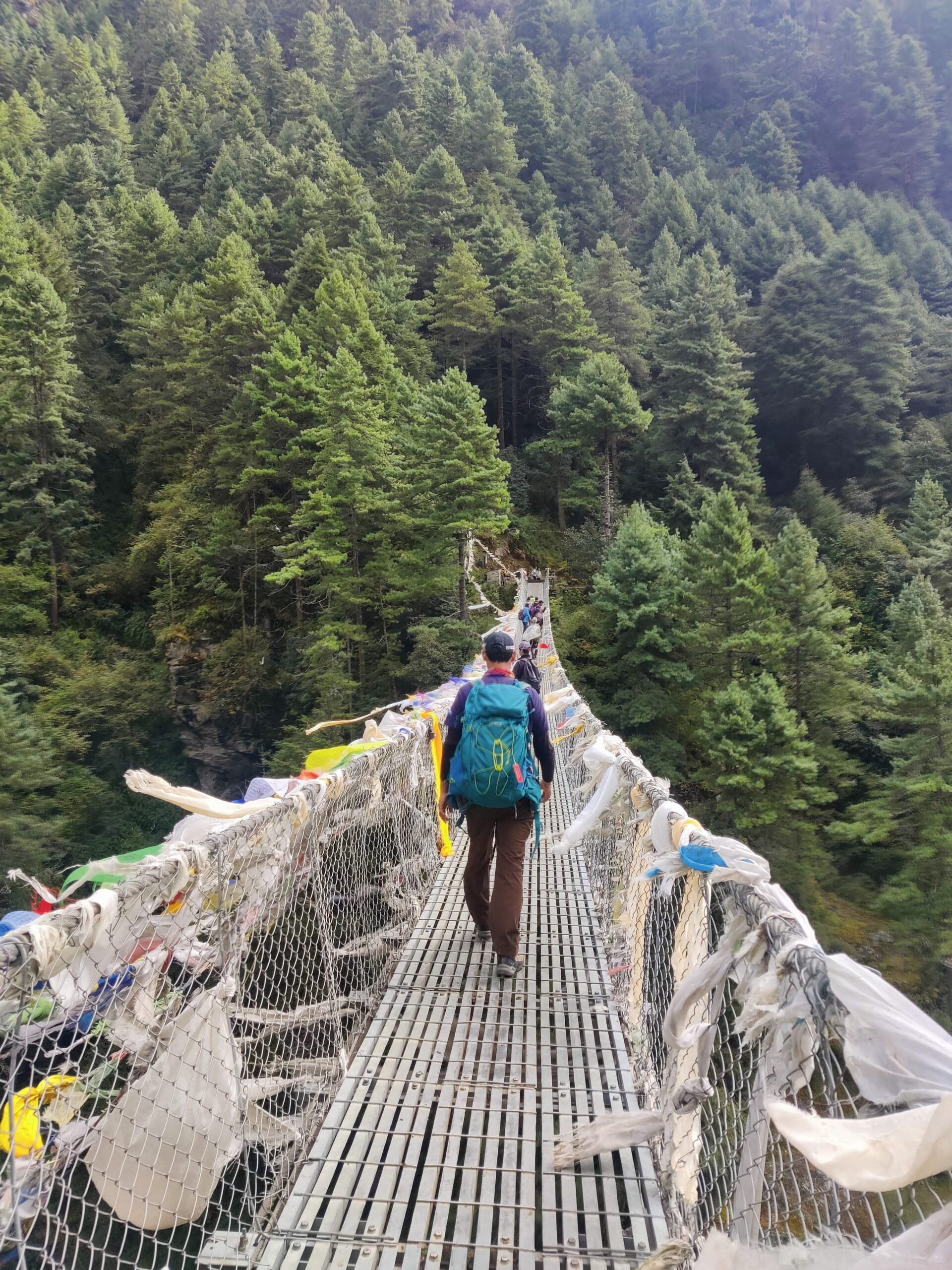


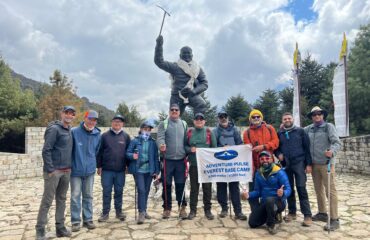
[…] [Complete Guide] How to choose the right backpack in 2021? […]